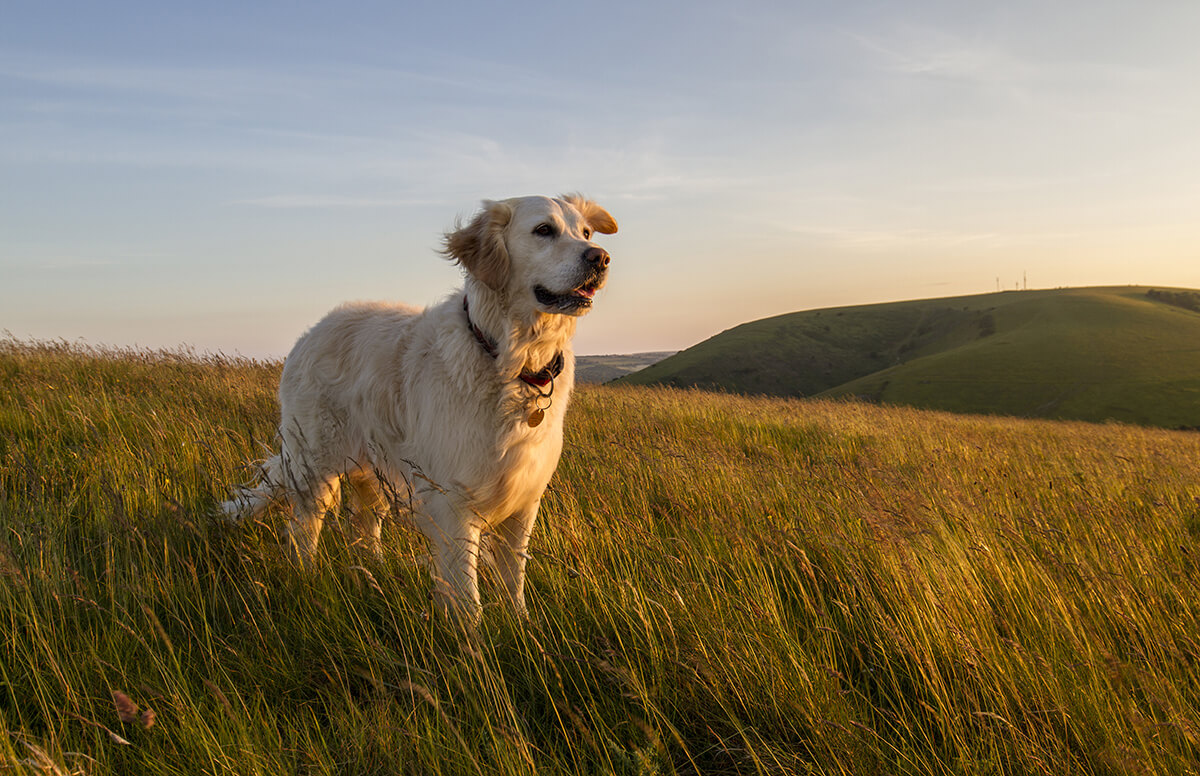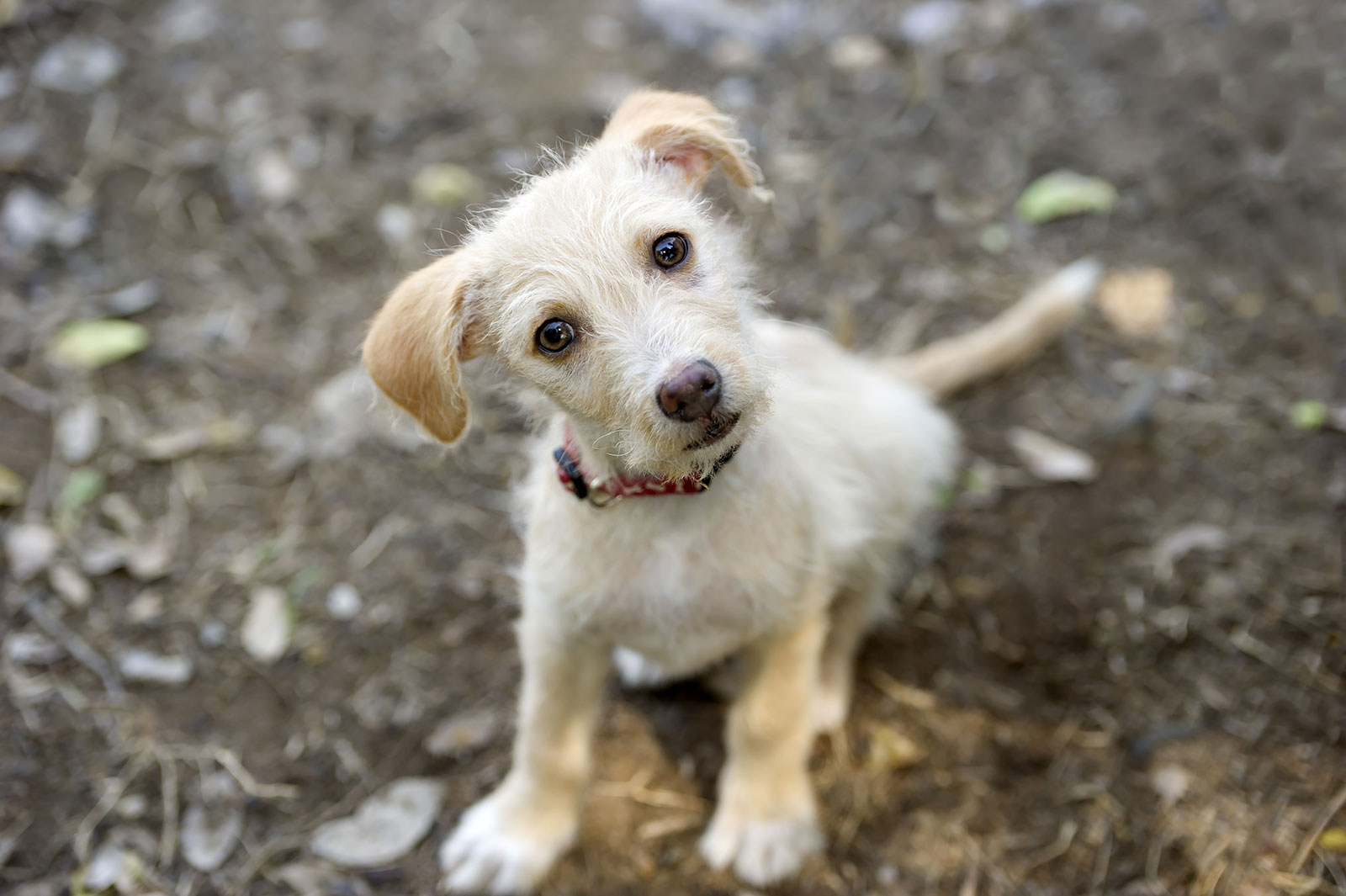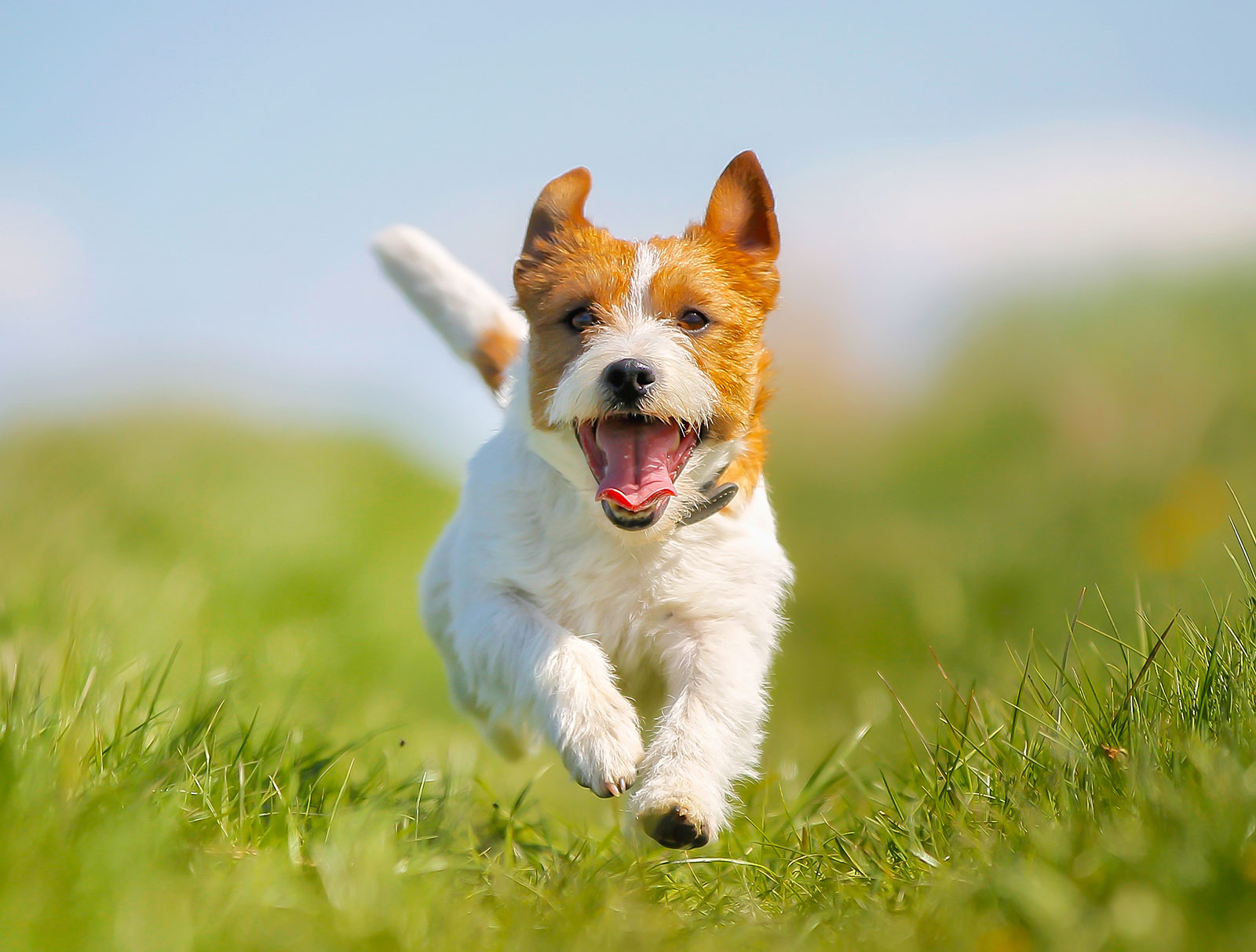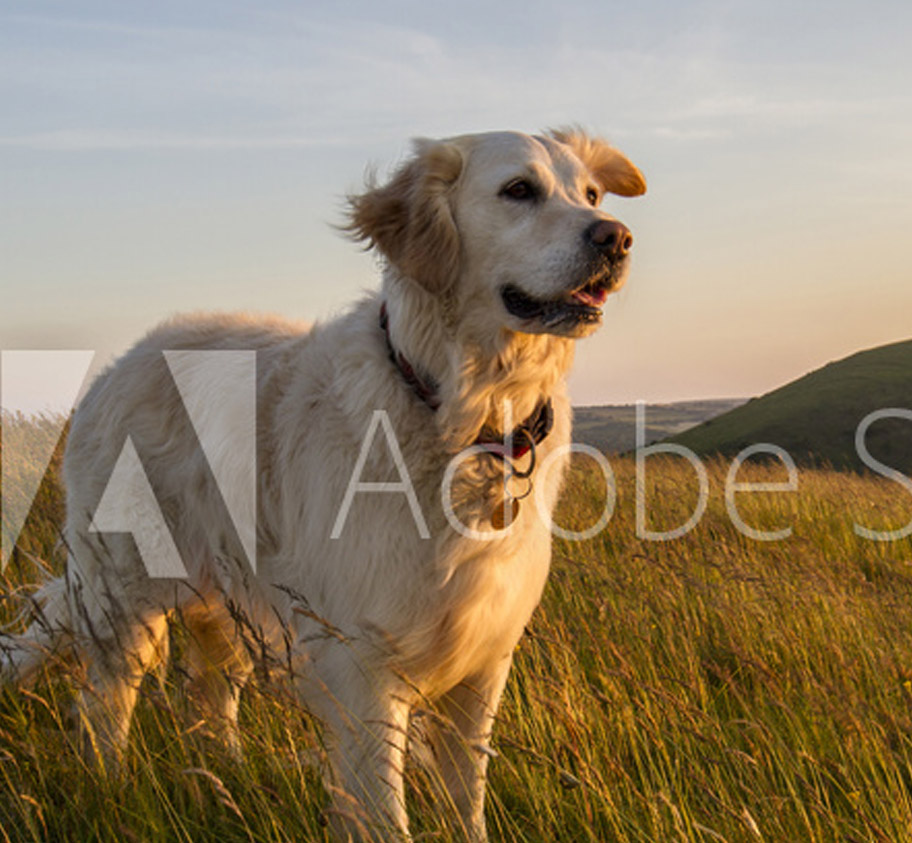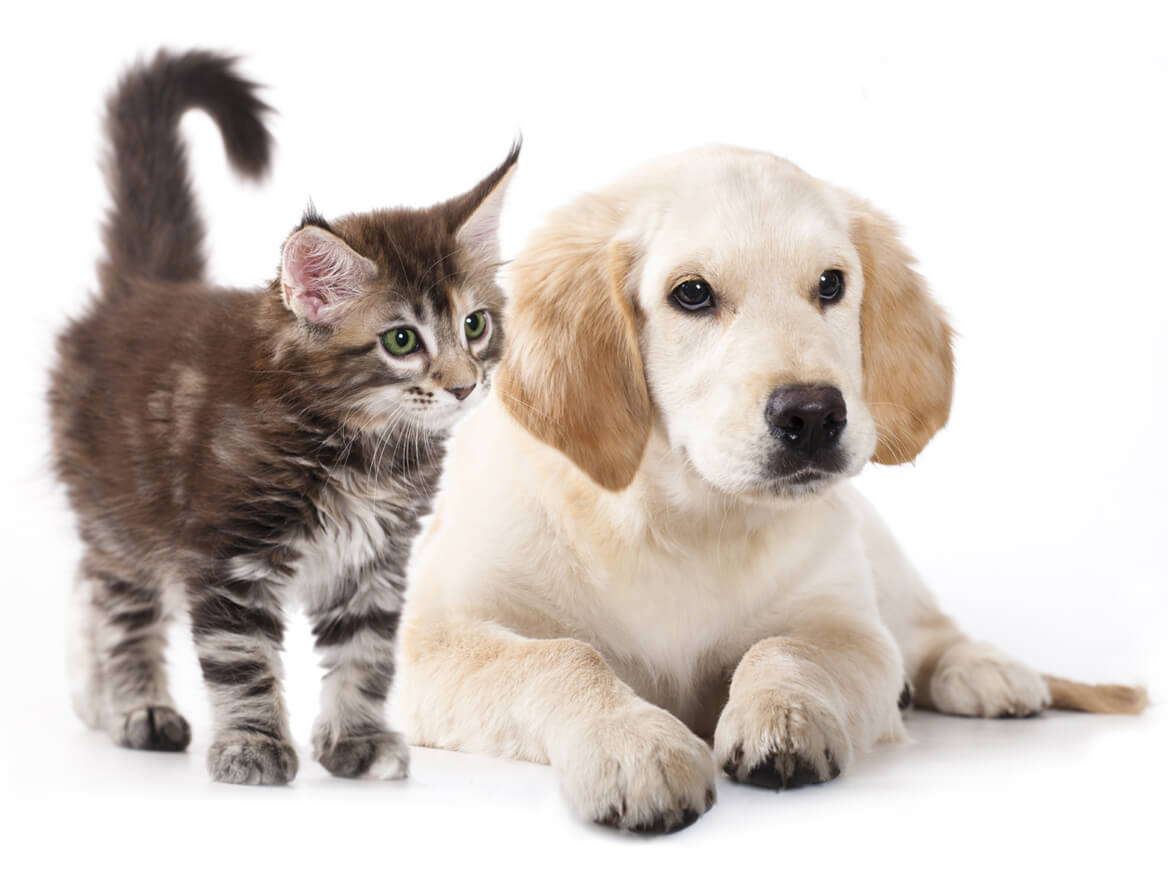
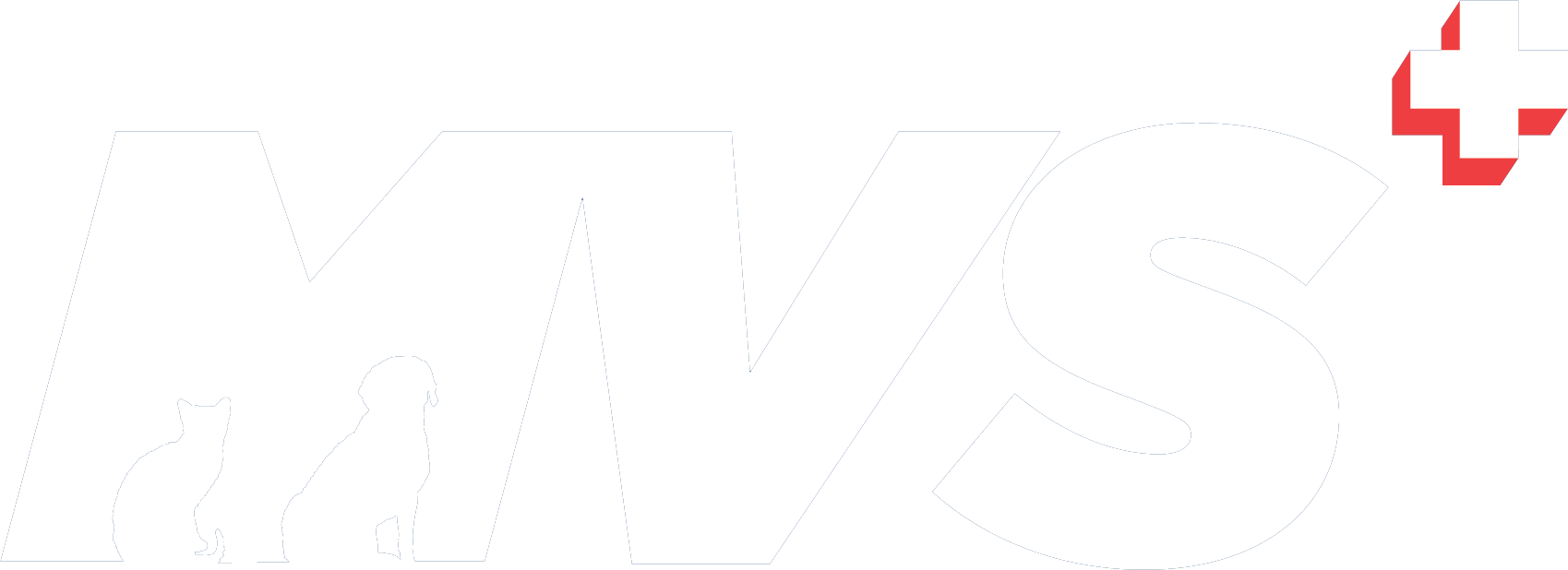 Menu
Menu
Achilles’ Tendon Avulsion and Inflammation
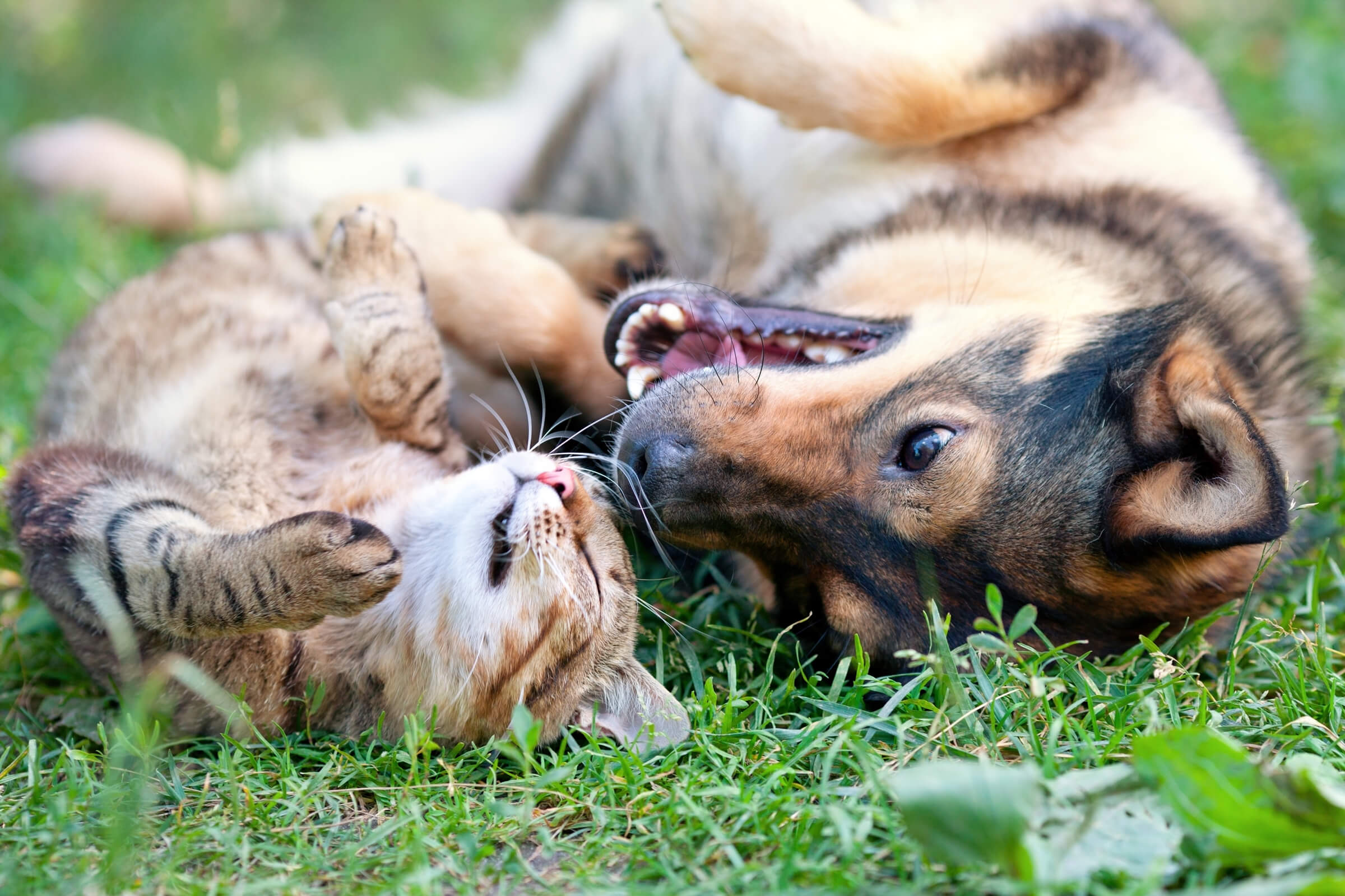
What is Achilles’ Tendon Avulsion and Inflammation
The common calcanean tendon, or Achilles’ mechanism, consists of three tendons that insert on the calcaneus (point of the hock). Its function is to extend the hock and flex the digits. If disease develops in the Achilles’ tendon this may relate to external trauma or a degenerative processes. Avulsion is the medical term for ‘tearing away’ from the point of attachment. A piece of bone attached to the tendon may also be torn away from the main body of bone (avulsion fracture). Injuries to the Achilles’ tendon can cause partial or complete ruptures. An injury to a tendon is defined as a strain. There are 3 degrees of severity:
- Grade 1: mild (haematoma/bruise formation)
- Grade 2: moderate (partial tearing of tendon)
- Grade 3: severe or complete (complete disruption of all of the fibres of the tendon)
Chronic swelling of the common Achilles’ tendon (Achilles’ tendonitis) just above the point of the hock is also seen occasionally in large-breed dogs. This may represent chronic tendonitis of the superficial digital flexor tendon (the outermost tendon of the Achilles’ complex) or a grade 2 strain injury of the gastrocnemius tendon. This condition is most commonly seen in English setters, Doberman pinschers and Labradors.
Cause
The tendon can be avulsed from the point of the hock by normal activity, without outside trauma. Most injuries develop during running and may occur as the animal pushes off the limb but with the foot remaining firmly planted. Affected dogs are primarily from the large sporting and working breeds and are usually 5 years of age and older. The Doberman pinscher and Labrador retriever breeds seem to be over represented. This may suggest that degenerative changes in the tendon play a part in the injury. The cause of this condition is uncertain but it is likely a result of repetitive trauma, causing change in the structure of the tendon at its point of attachment and therefore weakening it.
Signs
The signs of an injury to the Achilles’ tendon can vary depending on the severity of the injury. Often an animal will be lame on that limb and there may be soft tissue swelling around the injury. An animal with a complete rupture of the Achilles’ tendon will walk with a “dropped” hock (plantigrade stance). The toes may be seen to curl downward (crab claw stance) if all the components of the Achilles’ mechanism have been disrupted except the superficial digital flexor tendon.
Diagnosis
Complete rupture of the Achilles’ mechanism may be identified on clinical exam. The hock can be flexed to an unnatural position. Clinical signs of pain may be absent. Inspection of the skin over the tendon may reveal an obvious wound, but more commonly, a small wound or a bruise may be all that is visible. Palpation of the tendon itself may reveal a defect, but this can be obscured by the tendon sheath (protective covering).
Radiography of the affected joint frequently demonstrates little change other than tendon swelling. In chronic degenerative cases mineralisation of the tendon may be present near its attachment to the calcaneus. Separation or avulsion of the tendon of insertion of the gastrocnemius muscle at the level of the calcaneus may be observed. Ultrasonography may be useful in identifying the site and nature of a tear.
Treatment
Primary Surgical Repair
Surgical treatment is indicated if hyperflexion is recognized. Surgical repair aims to remove the gap by approximating the tendon ends. A specialized suture pattern can be used to achieve this goal. If there is a lack of tendon attachment at the calcaneus, reattachment to the bone can be achieved using bone tunnels to anchor the suture. The tendon repair must be protected during the initial stages of healing by achieving immobilization of the tarsus. Immobilization can be achieved in various ways, including application of a splint/cast, external skeletal fixation or placement of a screw. When using a screw, it is placed through the calcaneus of the hock and into the shin bone (tibia) to maintain the angle of the hock in a fixed, extended position. In cases of less severe injury the condition can be managed successfully by simply fixing the tarsocrural joint in hyperextension.
Prosthetic ligament
Recent research suggests that repair of a tendon can prove challenging so replacement or support using a synthetic ligament can be used to help improve the outcome. This is a promising area of treatment and could be considered for some cases.
Conservative Management
Treatment of chronic Achilles’ tendonitis, as long as there is no significant breakdown, consists of resting the tendon by immobilizing the tarsocrural joint. This may be accomplished through the methods described above. The joint is immobilized for 6-8 weeks.
Outcome
Good to excellent results following Achilles’ tendon injury have been described in studies. However, the very long term prognosis for these cases is guarded as deterioration in the tendon can occur again over the subsequent years.
Stay in touch
Follow us on social media and keep up to date with all the latest news from the MVS clinic.
